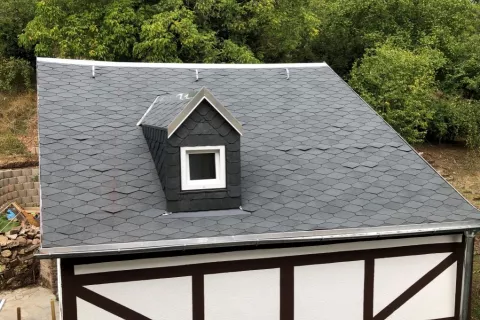Search
Search
1361 results were found.
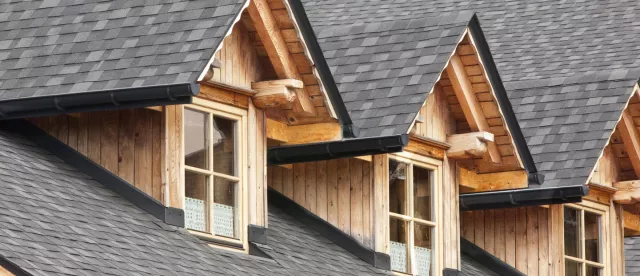
Discover our RENEWED and USERFRIENDLY shingle Roof Calculator.
Calculate how many shingles and accessories you need for your next project!
Blog posts with tips & tricks for an IKO shingle roof in optimal condition

IKO’s Platinum Guarantee explained
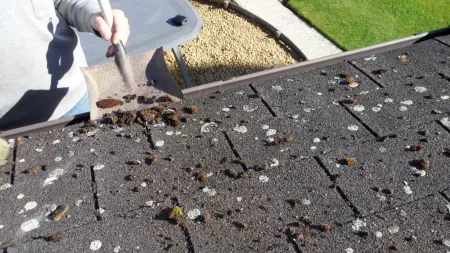
Removing algae and moss from your roof
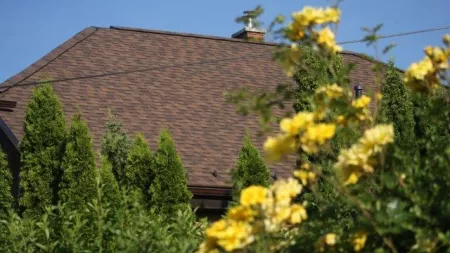
Spring roof maintenance
Time to replace or renovate your roof? Best time to do this is right now!
The "SKHOME0423" sales campaign lasted from APRIL 1, 2023 to JUNE 30, 2023.
This campaign has ended.
But don’t let this stop you from choosing IKO shingles for your next project! -
>>> Learn all about why IKO shingles are the best option for your roof!
>>> Get inspired with our Inspiration corner!
>>> Visualize IKO Shingles on your own roof with the IKO Roof Viewer!
Keeping your roof in good condition is a crucial home maintenance task. Buckled shingles can quickly lead to interior leaks causing damage to your walls and creating the need for major repairs. If this happens, your roof needs to be repaired quickly to prevent further damage and increased repair costs.
What are buckled shingles?
Bitumen roof shingles occasionally show buckles along the length of courses up the roof. First of all it is important to know that buckling is not the failure of shingles.
IMPORTANT!
Bitumen roof shingles have never been proven to buckle by themselves. Buckling is the result of shingles being distorted due to movement of the roof deck on which they were applied.

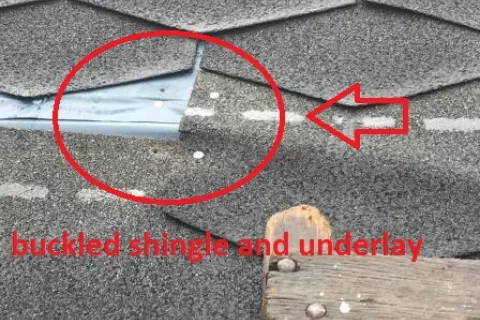
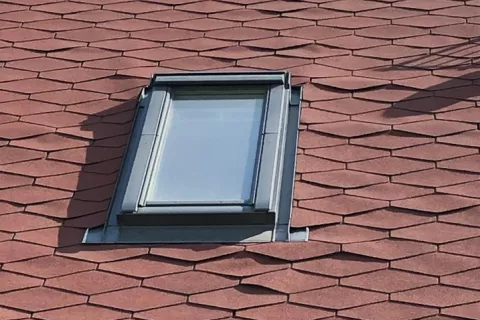
Roof decks that result in buckling of the overlying shingles are typically made out of lumber (also known as “board” or “plank” decks). Wooden boards or planks shrink or swell depending on their moisture content. Adjacent boards on the deck, even though securely nailed to the roof rafters, can shrink or swell at different rates. Shingles nailed to these wooden decks are usually held in place by two rows of roofing nails, each row often fastened into two separate boards. This is often the case when the board width exceeds the shingle exposure, eg. 20 cm boards vs. 14,3 cm shingle exposure. Differential shrinking/swelling of adjacent roof boards can therefore result in buckling of the overlying shingles. Just put a paper on the table and slide the left and right side 2 mm to the center at the same time. The paper curls and the same can happen with shingles on a lumber deck roof.
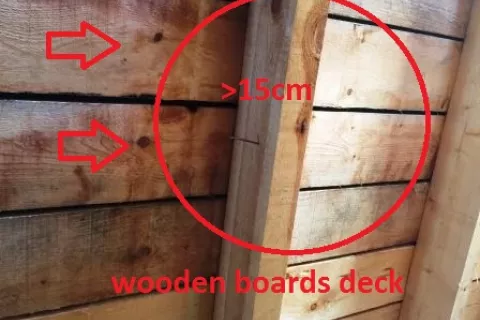
For this reason, the installation of shingles to wet wooden boards is not recommended. All wood lumber must be properly conditioned to be at moisture equilibrium. Also remember that the width of boards must always be less than 15 cm!
However vertical wrinkles/buckles can also occur on the shingle roof even when the deck is made from OSB/plywood boards without adequate spacing between boards. The minimum spacing for dilatation is > 3 mm.
Vertical wrinkles

Shrinkage of boards
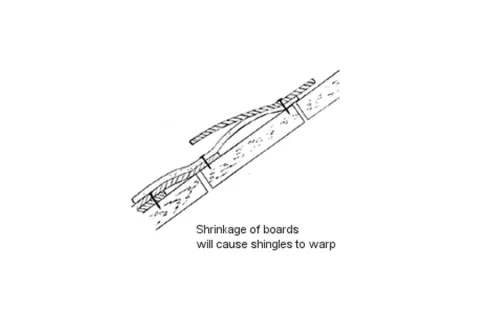
Incorrect spacing between OSB boards
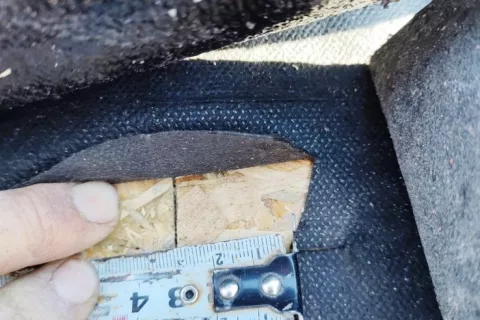
What causes roof shingles to buckle?
- During a certain period of the year we experience a higher humidity. An old roof or its open parts is exposed to this humidity and the wooden planks absorb moisture. As the wood increases in moisture content it can cause movement of the decking.
- When a new roof is installed, moisture is trapped in the system, and the roofing underlayment can absorb moisture and wrinkle.
- After an interior remodeling of the attic, too much moisture can also occur. With the lack of ventilation, wet processes with drywall and plastering might cause the wrinkling of shingles.
- Because homes are built tighter and have higher insulation levels, they may not be properly ventilated. See individual manufacturer’s recommendations for additional ventilation requirements and always check your local build codes regulations.
- Roof sheathing that is not spaced with a minimum of 3 mm can cause buckling due to expansion and contraction.
- Improper installation: failure to apply shingles as directed by the shingle manufacturer’s recommendations.
Pictured: Shingle roof without ventilation
